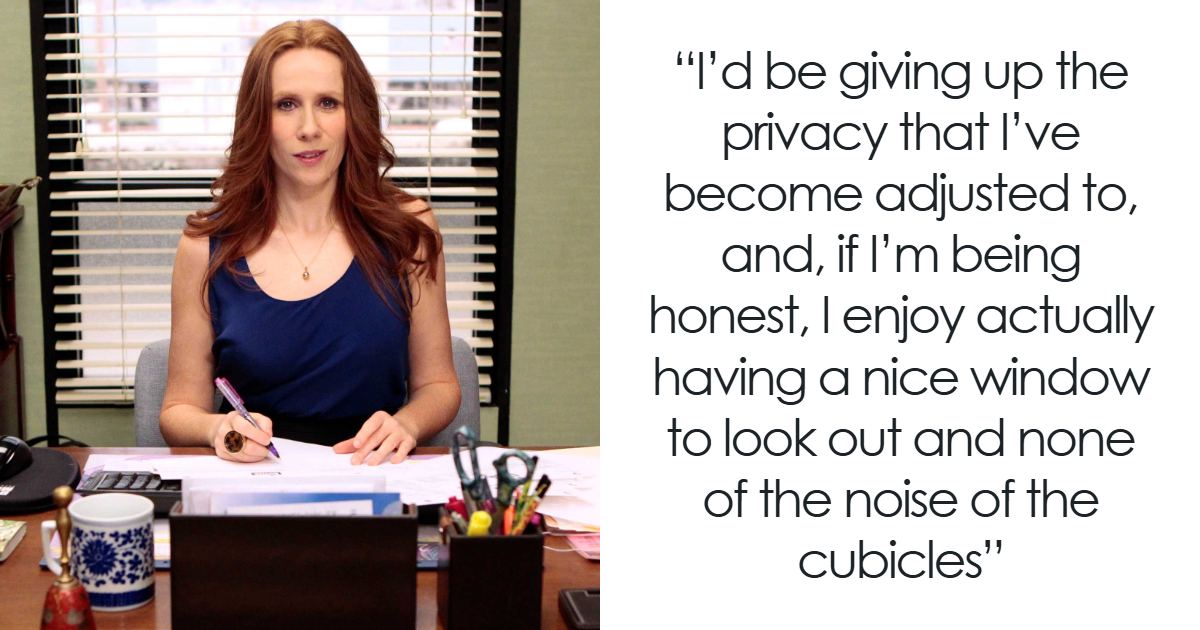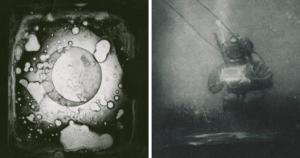“The camera obscura works on the principle of light rays traveling in straight lines. When light passes through a small hole or aperture in a darkened space, an inverted and reversed image of the scene outside forms on the opposite surface,” explains the site.
It was originally an entire room with small holes in one wall. Thankfully, it later evolved into portable cameras obscurae. “The camera obscura greatly influenced the development of photography,” adds the site. “It served as a precursor to the camera and provided valuable insights into the behavior of light.”
“It’s a crucial piece in the history of early photography and a testament to how far the technology had come just a decade after the first photo by Niépce,” notes photography site Capture.com.




























Post Comment